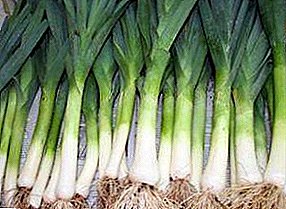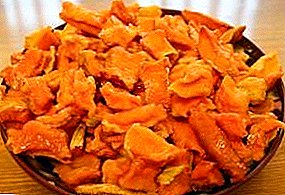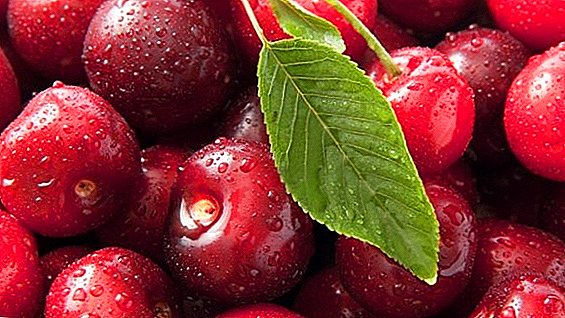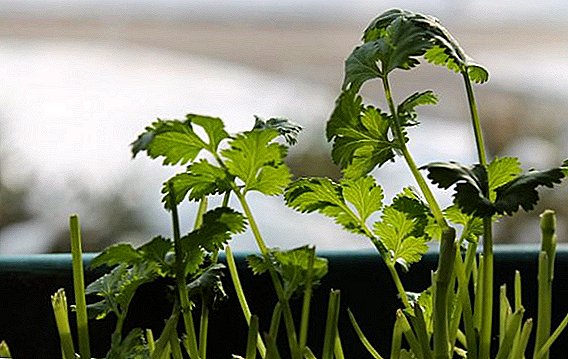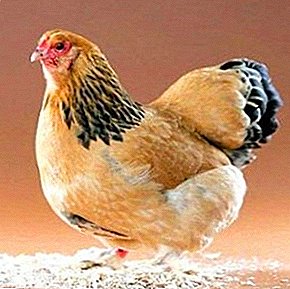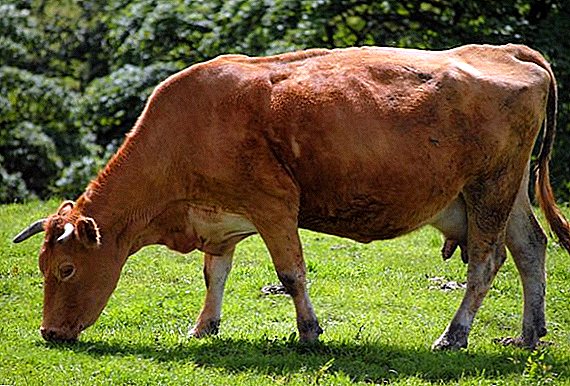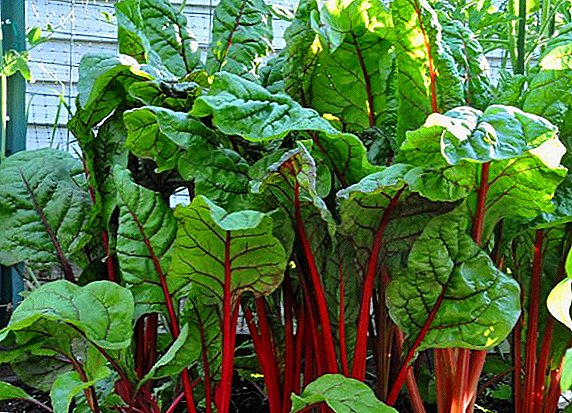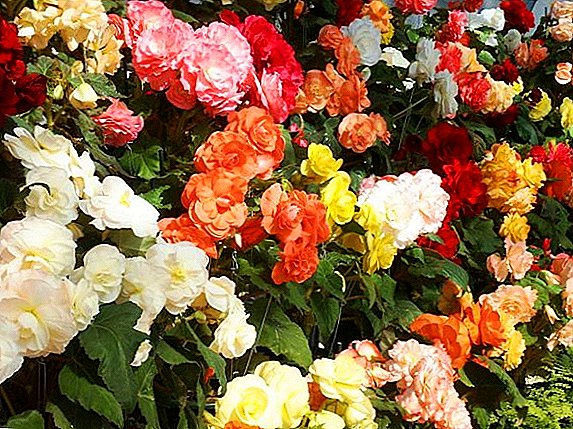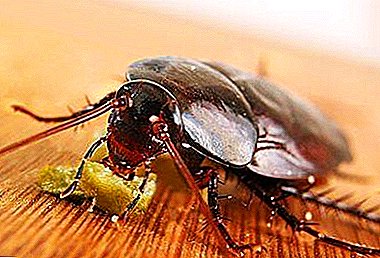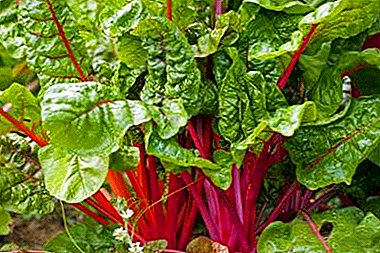
Despite the fact that leaf beets are not known to everyone, they are highly valued by gardeners and gardeners. And it’s not just the great taste, but also the benefits of this culture.
In our article we will tell you in detail about the history of the origin of this vegetable, about its features and differences from ordinary beets, tell you about all its beneficial properties and methods of use in cooking. You will learn how to grow a culture properly, what kind of care it needs and what diseases and pests it can threaten. You can also watch a useful video on this topic.
Description and difference about ordinary beets
What is it and what is the type of leaf beet? The second name of the species is chard. This is a subspecies of ordinary beets. There are two types of this vegetable, namely leaf and stalked.
Both species have taproot. Besides, chard has a high yield. In large farms it reaches 70-100 t / ha.
Chard differs from the usual types of beetroot by the absence of a root crop. This plant is valued by leaves and petioles, known for their nutritional value.
We recommend to watch a video about the features of leaf beets (chard):
Breeding history
The history of the cultivation of chard has more than three thousand years. It originates in ancient Egypt and Rome, which is why the chard is sometimes called the "Roman cabbage". Due to its properties and taste, leaf beets quickly gained popularity among many nations. In Russia, chard is still little known, but gradually arouses more and more interest.
How to use in cooking?
 Options for the use of leaf beets great variety. Most often, the culture is used fresh for the preparation of green salads, beetroot, soups. As an additive for second courses stewed leaves are popular. Young leaves are more tender, it can be boiled or fry in oil.
Options for the use of leaf beets great variety. Most often, the culture is used fresh for the preparation of green salads, beetroot, soups. As an additive for second courses stewed leaves are popular. Young leaves are more tender, it can be boiled or fry in oil.
Sometimes chard leaves of chard, both separately and with cabbage, and stems are steamed and consumed as well as asparagus. Besides, leaf beets are successfully used for cooking cabbage.
We recommend to watch a video about the use of leaf beets (chard) in cooking:
Advantages and disadvantages
Thanks to its bright leaves, chard is successfully grown as an ornamental plant.
There are several advantages of leaf beets.. These include:
- Early ripeness (about other early beet varieties read here).
- High taste.
- Unpretentiousness in cultivation.
- Attractive appearance.
- High productivity.
- Prolonged fruiting.
The disadvantages include not too good frost resistance of the culture. It is a biennial plant, but it does not tolerate winter everywhere. Russia is one of the countries with a too cool climate for it. We have written here about beet varieties suitable for growing in central Russia, and in this article you will learn what types of beets can be cultivated in the Urals.
Benefit and harm
Mangold can be safely called a culture that is useful in every respect.. More than a dozen polyphenolic antioxidants have been found in its leaves, including kaempferol, which reduces the likelihood of developing oncology. Along with kaempferol, leaf beets contain lilac acid, which is responsible for the regulation of blood sugar.
Like beets, chard is known for its high content of betalains - powerful antioxidants. Leaf beets are rich in vitamins and macronutrients. For example, only 100g of fresh leaves contain more than half the daily requirement of magnesium for our body. Mangold helps to improve the cardiovascular system, cope with obesity, anemia and vitamin deficiency.
Despite all the benefits of leaf beets, it is important to know that the proportion of vitamin K in its composition is much higher than the daily rate. His excess in the body entails an increase in platelets and an increase in blood viscosity. This is especially dangerous for those who suffer from varicose veins or thrombophlebitis. Another substance that can not only benefit, but also harm - oxalic acid.
Board: Therefore, people with kidney or gall bladder problems are recommended to boil the chard before eating.
Planting and care
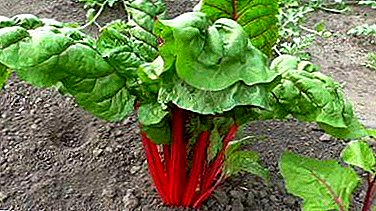 Seed material. Chard seeds can be purchased at a specialty store. The cost varies from 20-200 rubles per package, depending on the selected grade.
Seed material. Chard seeds can be purchased at a specialty store. The cost varies from 20-200 rubles per package, depending on the selected grade.- Landing time. The optimal time for planting seeds is April, preferably mid or end of the month.
- Choosing a landing site. The lighted place is best suited. If sunlight is not enough, the plant will accumulate nitrates.
- The soil. Virtually any soil is suitable for planting chard - the main thing is that it should be loose and moderately moist. Neither excessive moisture nor overdrying should be allowed.
- Landing. Before planting, the seed is soaked for a day for better germination. Seeds are planted in the ground at a distance of 2-5 centimeters from each other, sealing up to a depth of 2 centimeters. If landing is done too early, it is better to use covering material.
- Temperature. It is believed that the optimum temperature for growing leaf beets - 15-25 degrees, during the flowering period - 20-25. However, chard can tolerate heat up to +35 and light frosts down to -3. At high temperatures, the plant stems become pink, and at low temperatures - green.
- Watering. Mangold is a moisture-loving culture, its growth slows down in dry ground. The optimal schedule of watering - every other day.
- Top dressing. Feeding chard is necessary after each cut of leaves or petioles. The solution of urea (10g / 10l) or humus is best suited.
- Other care measures. Sheet beet needs to be loosened and weeded regularly. Loose soil will provide the roots with oxygen, and the absence of weeds will reduce the likelihood of disease or the appearance of pests.
- Harvesting. Harvest can be collected within six weeks after planting until late autumn. The leaves are cut or simply break off at the base along with the petioles.
Crop storage
There are two ways to store crops. If the leaves and petioles are fresh, they are packed in plastic bags and placed in a refrigerator. As such, they remain usable for three to five days. If the first method is not suitable for one reason or another, the chard is washed, cut, packaged and frozen. Fresh leaves are washed immediately before use.
Diseases and pests
There are only two diseases typical for leaf beets:
- Blackleg. This is a fungal disease, which is a root rot. It affects mainly seedlings and young plants.
- Mealy dew. Another disease caused by the fungus. Manifested in the form of white bloom on the leaves.
The most common pests for leaf beets are aphid and beet flea.
Prevention of various problems
Observance of vegetable care conditions is a guarantee of a good harvest.. It is enough to apply fertilizer in time and not to allow waterlogging.
Conclusion
Mangold - culture unpretentious and easy to clean. On the garden bed or in the garden, it will not only be pleasing to the eye, but will bring many benefits and pleasures.


 Seed material. Chard seeds can be purchased at a specialty store. The cost varies from 20-200 rubles per package, depending on the selected grade.
Seed material. Chard seeds can be purchased at a specialty store. The cost varies from 20-200 rubles per package, depending on the selected grade.